There are a couple of different metrics used to measure the top 10 largest countries in the world but we’re basing our list on the total land area rather than population. These are literally the biggest countries in the world.
If you’ve felt held back by the lack of space where you live now, you might think about moving to one of the largest UN-recognised nations on Earth. Each of the countries below is big enough to fit you and your family in, with wide open spaces available to visit and take in.
Read on to discover the top ten largest countries in the world in 2024 and to plan your next holiday destination if open space and lengthy local travel time are qualities you crave. Visiting number one might prove tricky, mind…
10. Algeria - 2,381,740km²
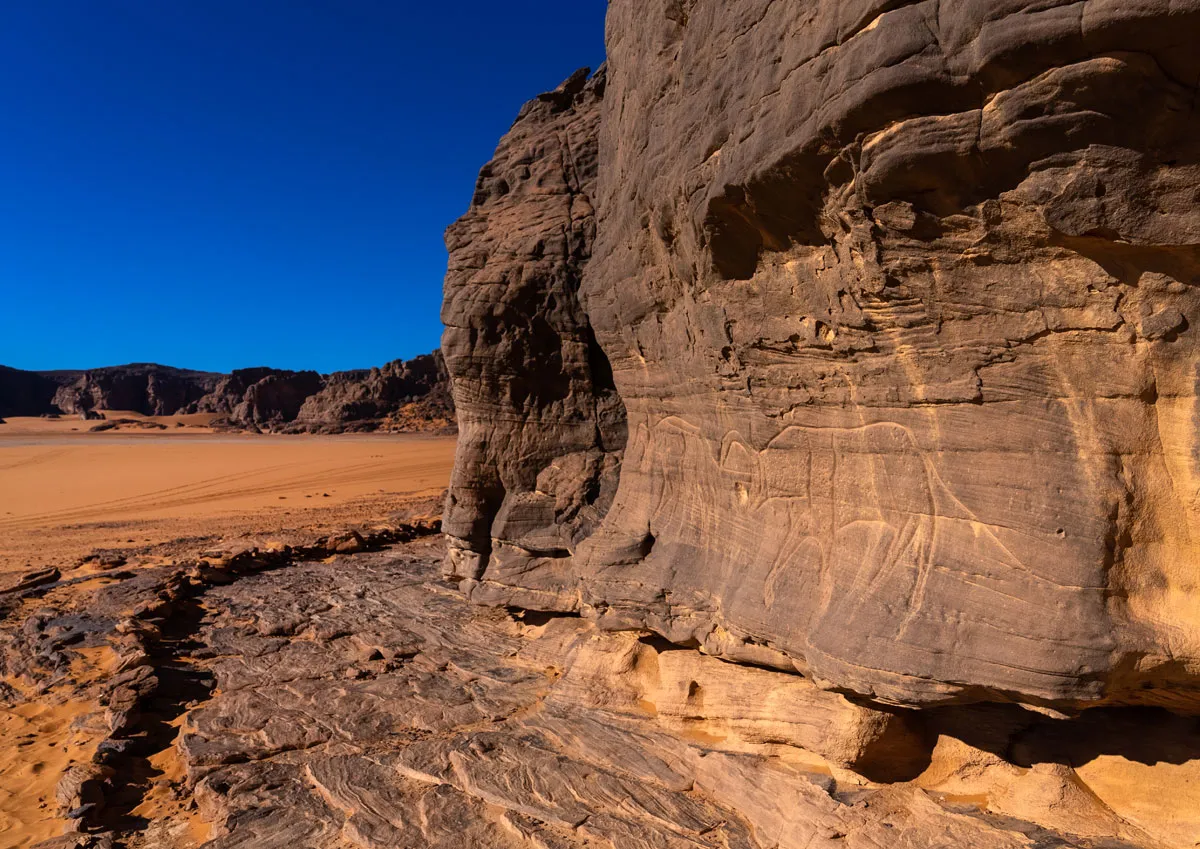
We begin our whistle-stop tour of the 10 largest countries in the world in Algeria, which has a total area of 2,381,740km².
This north-African nation became an independent state in 1962 following an eight-year war with occupiers France. Before this, the country and its people had to put up with century upon century of foreign rule starting way back in the 3rd Century BC with the Numidians.
With a population of around 45.5 million, Algeria in 2024 is famous for its Mediterranean climate and Saharan deserts, including Tassili n’Ajjer, which is noted for its rich concentrations of rock art, which was designated a UNESCO World Heritage Site in 1986.
9. Kazakhstan - 2,724,900km²
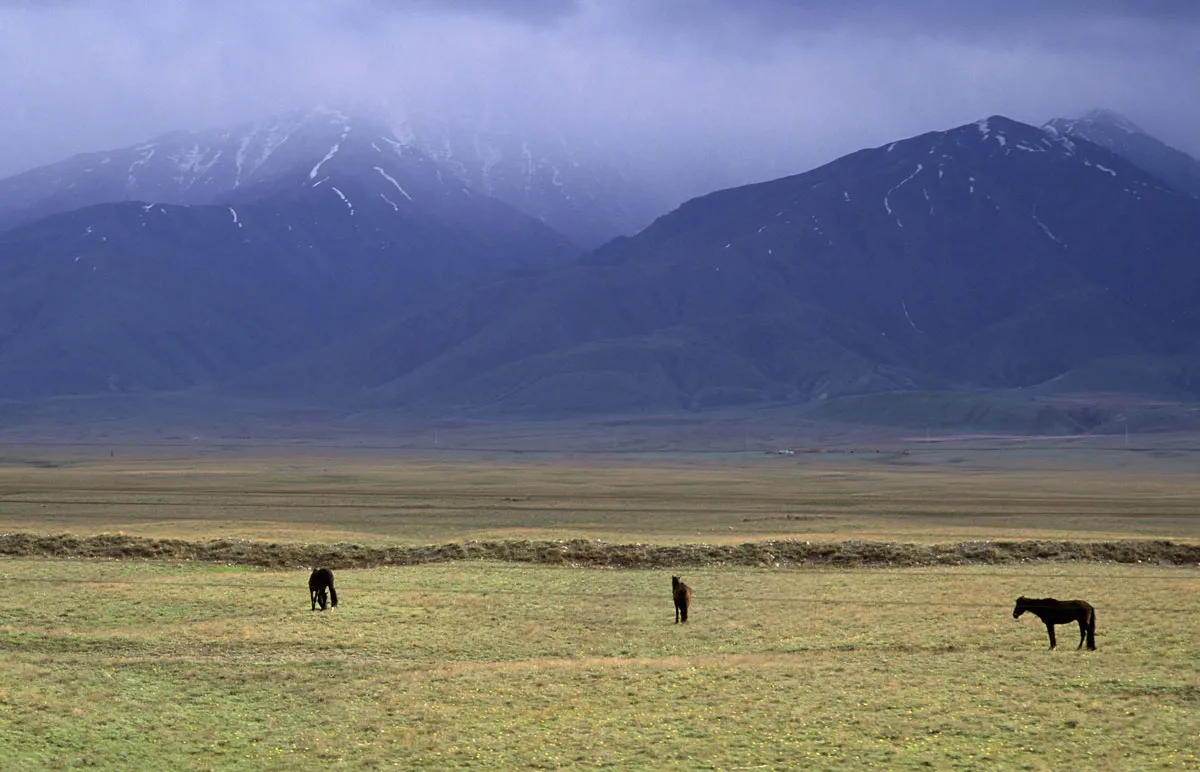
Kazakhstan has a total area of 2,724,900km². The large country in Central Asia spills over into Europe over the west of the Ural River.
With an estimated population of just under 19.6 million, Kazakhstan is one of the more sparsely populated nations on this list.
The nation became independent from the Soviet Union in 1991 after years of rule and oppression. More than a million ethnic Kazakh people re-entered the country in the decade following its independence.
Known for being the world’s largest landlocked country, the vast Kazakh Steppe is a famous part of the world filled with Bronze Age petroglyphs, mountains, canyons, and more. It's also where many missions into space are launched, including the Baikonur Cosmodrome.
8. Argentina - 2,780,400km²
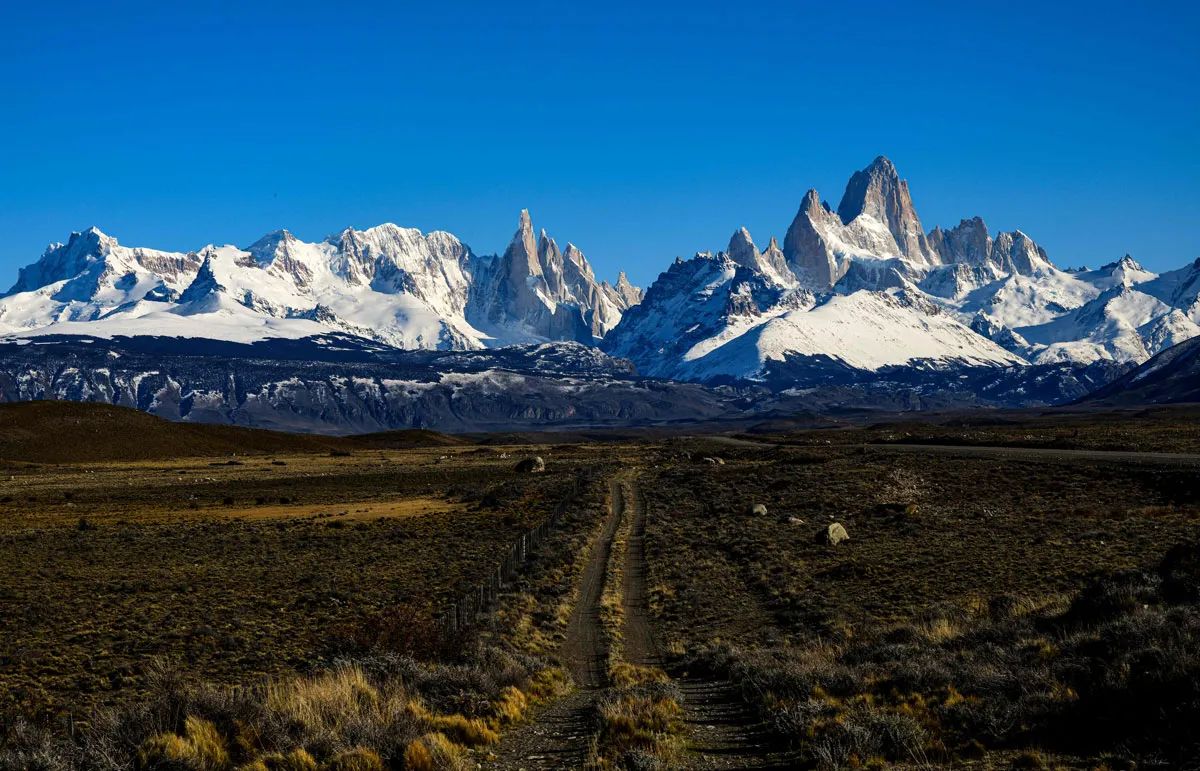
Argentina has a total area of 2,780,400km². This places the South American nation famous for gifting us two of the best football players the world has ever seen eighth in the list of the biggest countries in the world.
With an estimated population of around 45.75 million, Argentina is a busy nation filled with stunning scenery and a 4,989km coastline.
Argentina became independent of Spain as the United Provinces of the Río de la Plata (along with Bolivia, Paraguay, and Uruguay) in 1816. Once the other three South American nations split off, Argentina became the country we know today. Outside of football, Argentina is famous for its beaches, the Andes mountains, the Telampaya National Park, and its stunning waterfalls.
7. India - 3,287,263km²
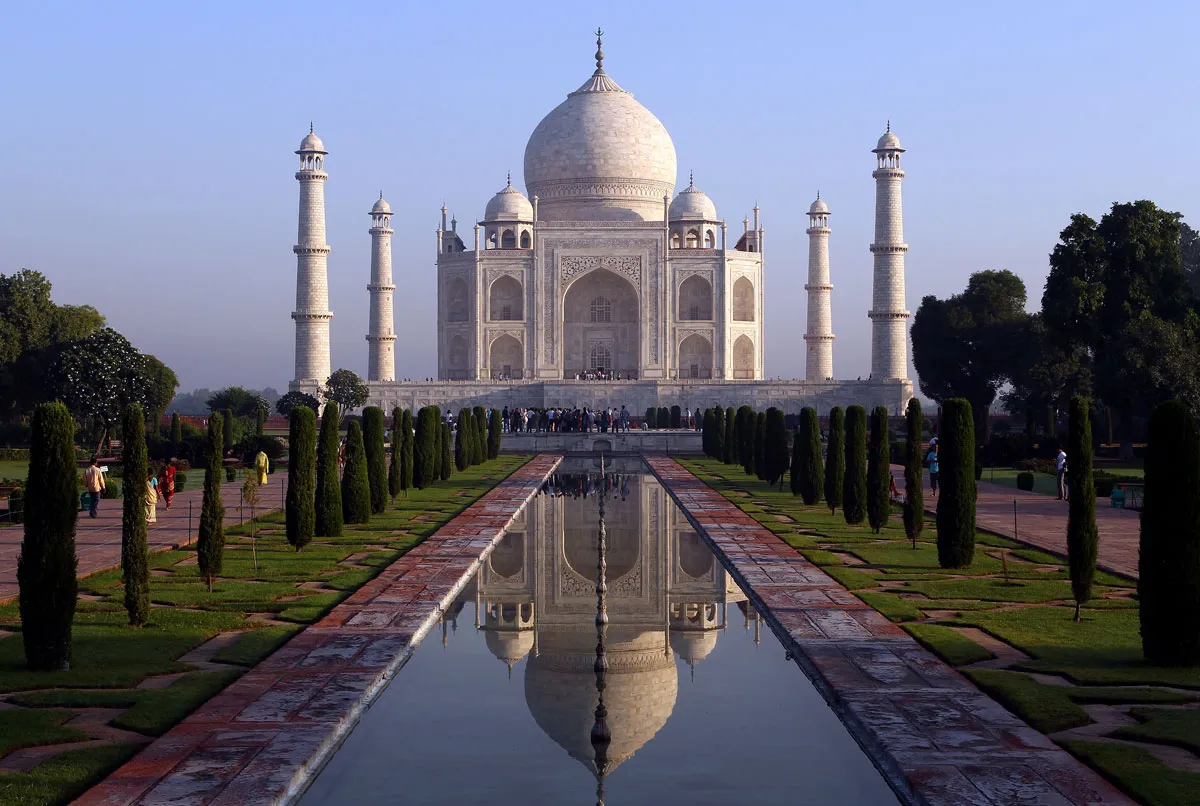
Thanks to a total area of 3,287,263km², India is the seventh largest country in the world. It's also home to the rainiest place on Earth.
The historic and ancient nation, known previously as the Jewel in the Crown of the British Empire, has had settlers on its lands since the 3rd and 2nd millennia BC – the Indus Valley civilization. India is famous for its religious monuments and palaces, wildlife (including elephants and tigers), and its rich and varied geography of mountains, deserts, and the Ganges River.
With an estimated population of nearly 1.43 billion, India is the most densely populated country on this list and has the largest population on Earth in 2024 (yes, it's ahead of China).
6. Australia - 7,741,220km²
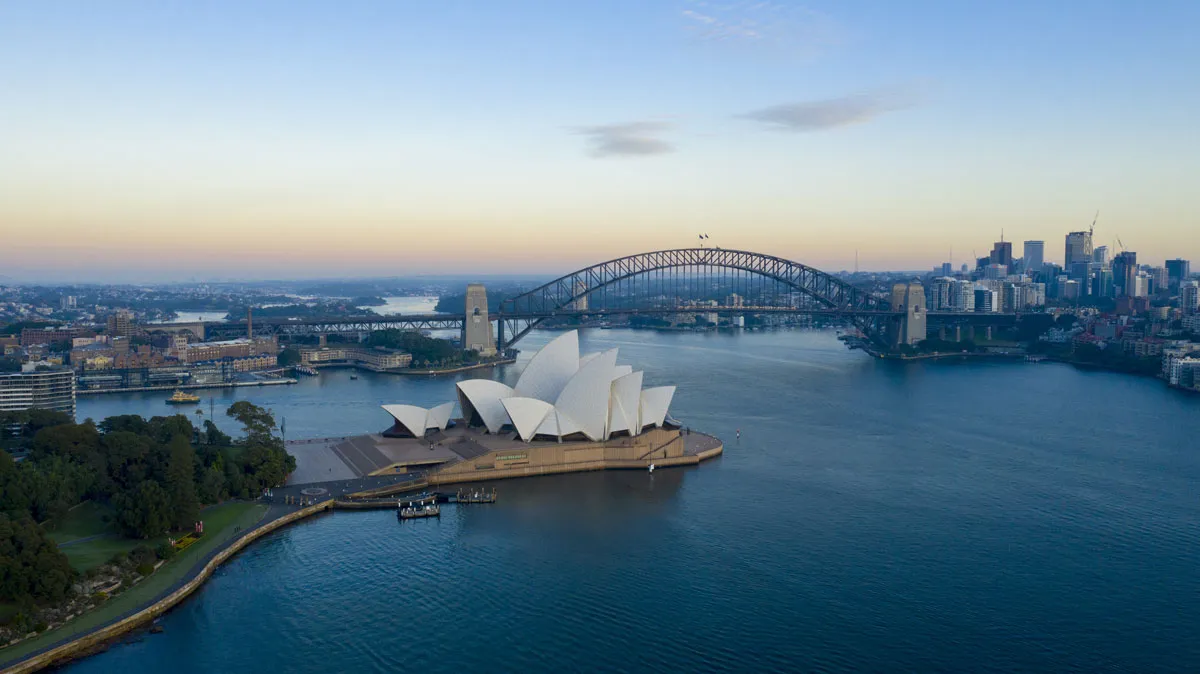
Australia is so large it’s technically its own continent. With a total area of 7,741,220km², the land down under is over twice the size of India.
A pop-culture icon of a country if there ever was one, Australia is famous for its shrimps on the barbie, dangerous and unique wildlife (including Saltwater crocodiles, koalas, and kangaroos), the Outback, Ayers Rock, and much, much more, not least the Great Barrier Reef.
Thanks to its population of just under 26.5 million, Australia is the most sparsely populated nation on this list, sneaking in just behind Kazakhstan. The Aboriginal Australians have lived in what’s Australia for at least 60,000 years. Of course, the nation became part of the British Empire and was known for becoming the home to over 150,000 convicts.
5. Brazil - 8,515,770km²
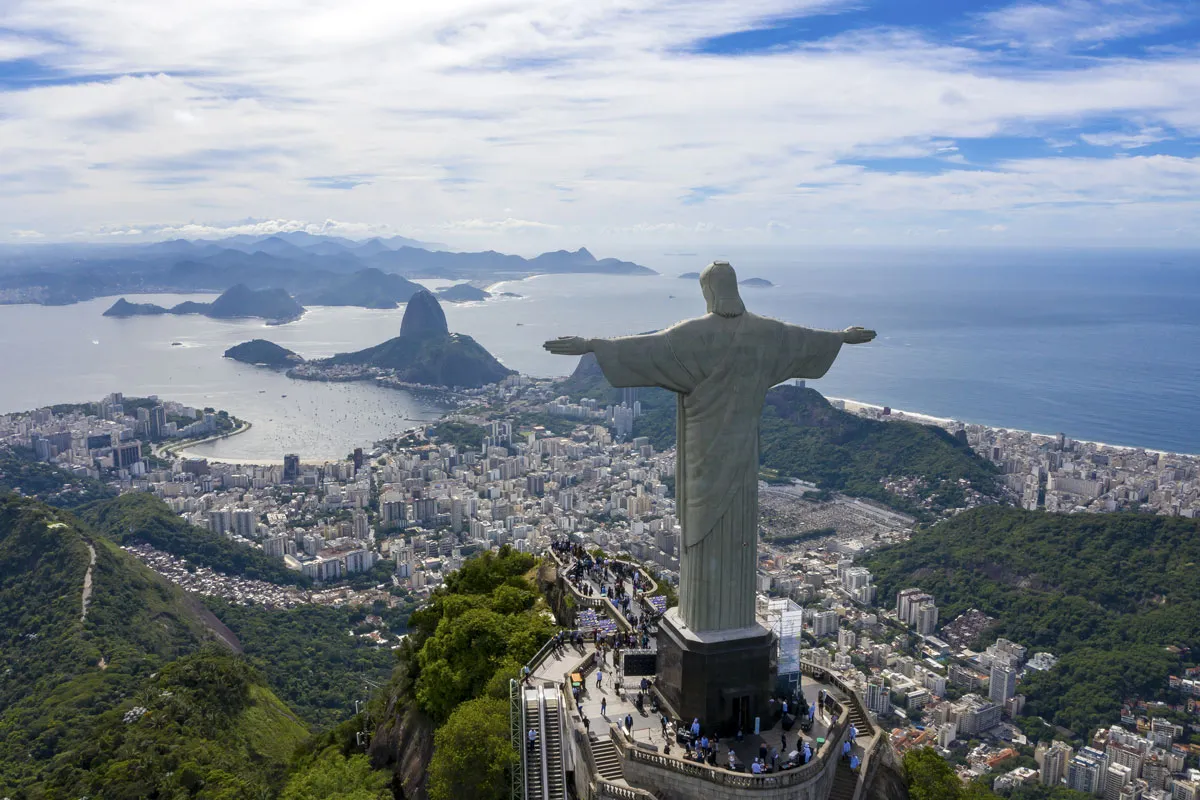
The largest country in South America and in the southern hemisphere, Brazil has a total area of 8,515,770km².
Brazil is most well-known for the Amazon rainforest, the Christ the Redeemer statue in Rio de Janeiro, and much more, including the nation’s love of football (no country has won more FIFA World Cups than Brazil).
Just over 216.35 million people live in Brazil, making it the most populous country in the continent of South America. The nation became fully independent in 1822 after over three centuries of Portuguese rule.
4. China - 9,596,960km²
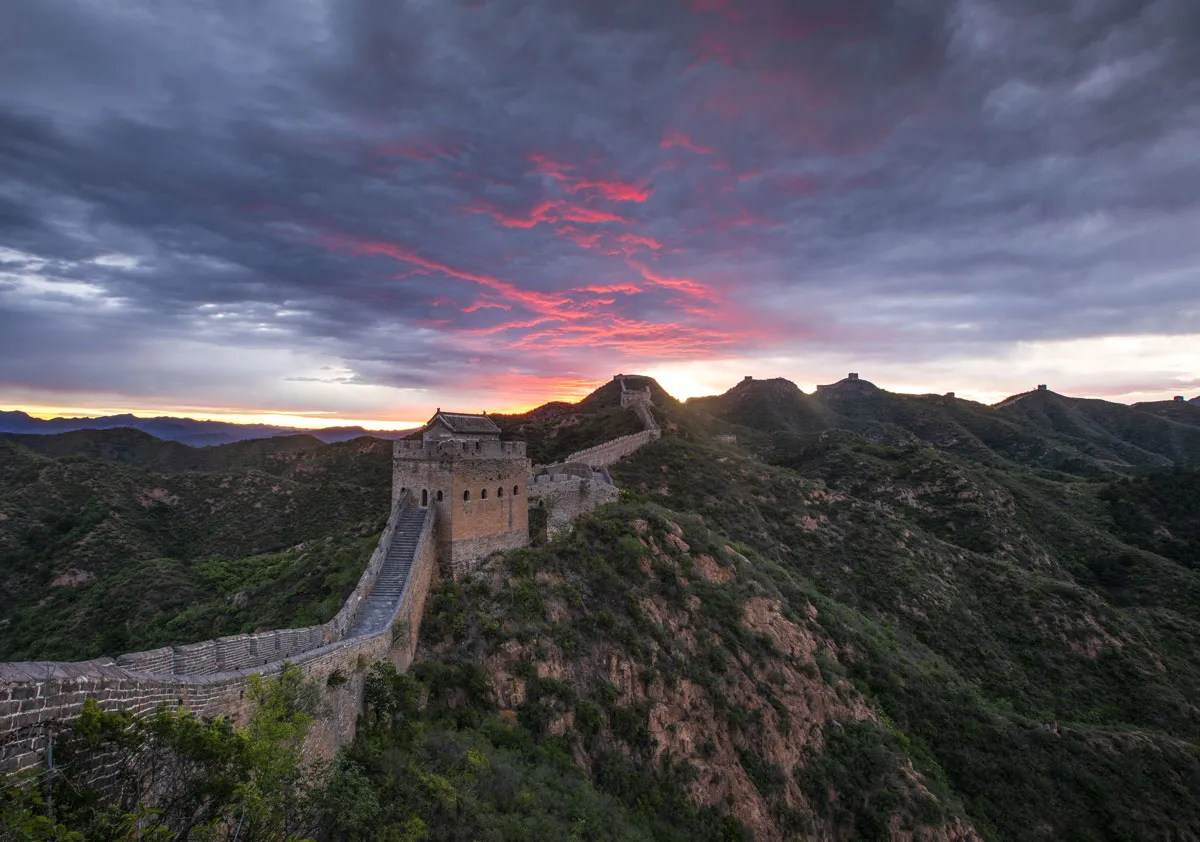
China is the largest country fully within Asia. Its total area of 9,596,960km² is bested only by three other nations.
China is the fourth largest country in the world by total area and is the second largest country in the world based on its population. According to the UN, China has an estimated population of just over 1.425 billion.
An ancient nation that dates back as early as the 13th Century BC, China is an extremely old country. The communist nation is known today for its Great Wall, Giant Pandas, 'floating' Zhangjiajie mountains, and the Forbidden City, to name but a few of its endearing sites.
3. The USA - 9,833,517km²
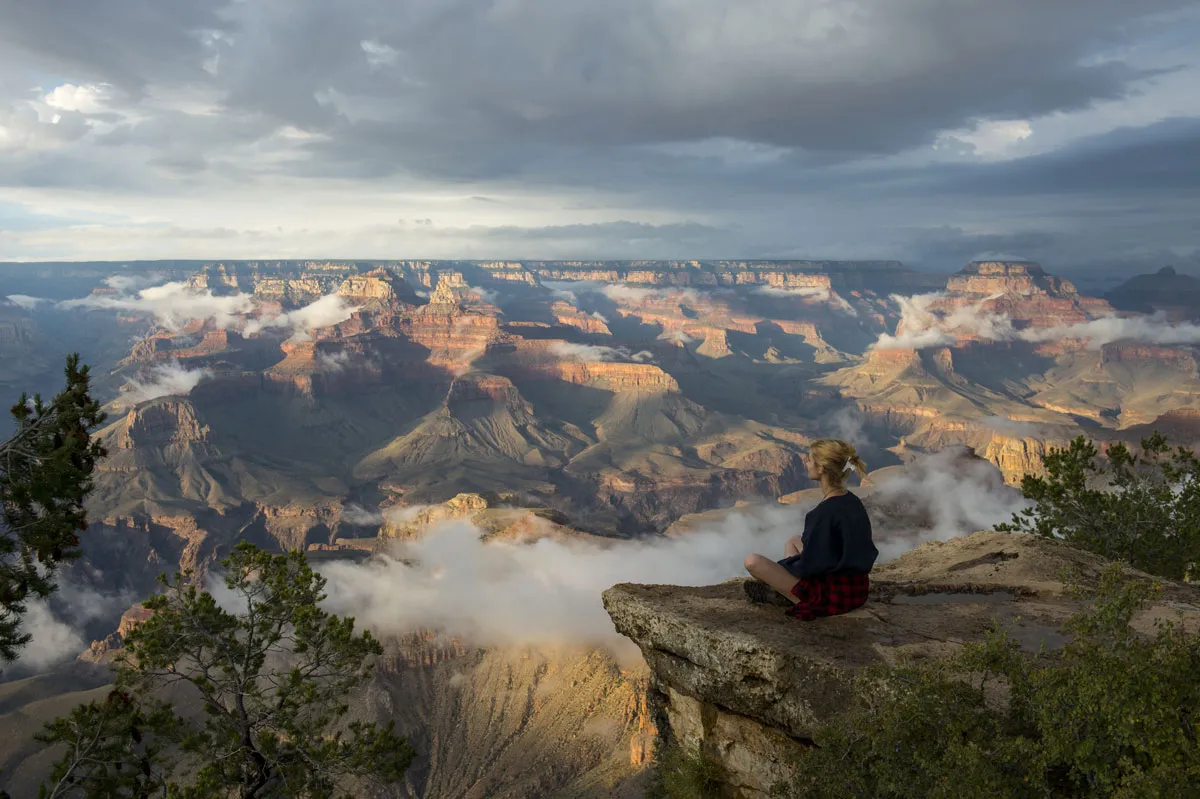
With a total area of 9,833,517km², the USA is the second largest country in North America.
The United States of America became independent from its British rule in 1776. The land of the free and the home of the brave has had a storied history of war, prosperity, and a big hand in world politics.
Thanks to its Rocky Mountains, Great Lakes, Yellowstone National Park, Death Valley, mighty rivers, and so much more (including the Grand Canyon), the USA is a country full of natural and man-made wonders.
With an estimated population of just under 340 million people, there is plenty of space to explore in the States.
2. Canada - 9,984,670km²
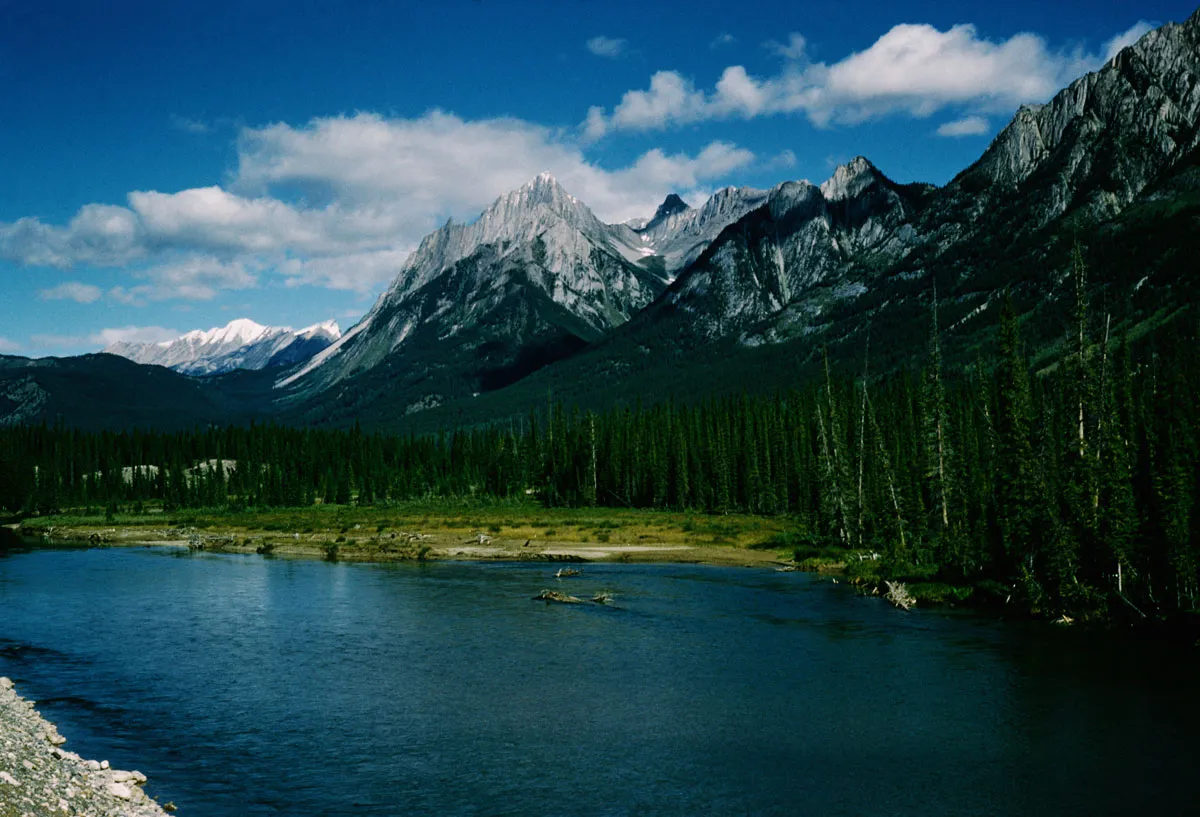
Canada’s total area of 9,984,670km² makes it the second-largest country in the world and the largest nation in North America, ahead of the USA.
For a country so large, Canada’s population is tiny. The UN estimates that Canada has a population of just 38.7 million. To put that in perspective, the UK has a population of 67.7 million. If space is what you’re after, Canada has it, even if it is covered in snow and ice.
The nation is home to Niagara Falls, has extensive forests full of bears, wolves, and mountain lions, bison in its prairies, and boasts the longest coastline in the world (this is split across over 52 thousand islands). Lake Superior, Huron, and Great Bear Lake make up just a few of up to 2 million lakes in Canada (thought to be more than the rest of the world combined).
1. Russia - 17,098,242km²
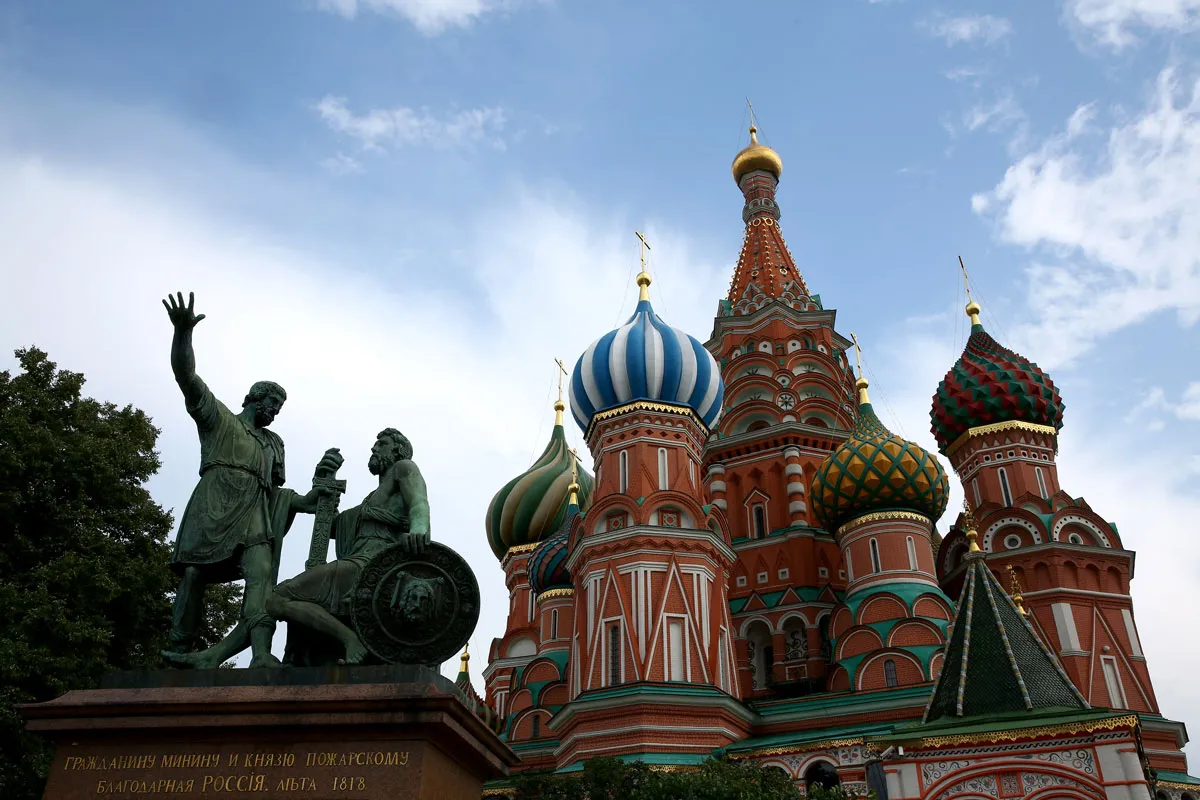
Russia is the largest country in the world, with a total area of 17,098,242km². It’s nearly twice as large as Canada, and makes up for roughly 11 per cent of the Earth’s total landmass. Russia is so large it starts in the northeast of Europe and stretches all across the north of Asia.
Due to permafrost, over 60 per cent of Russia is uninhabitable. Thanks to portions of it melting, some people hunt mammoth tusks in the country.
With a population of just under 145 million, Russia is another sparsely populated nation on this list. Due to the ongoing war following Russia’s invasion of Ukraine in February 2022 and the ongoing conflict, travelling to Russia is ill-advised.
Read more:

